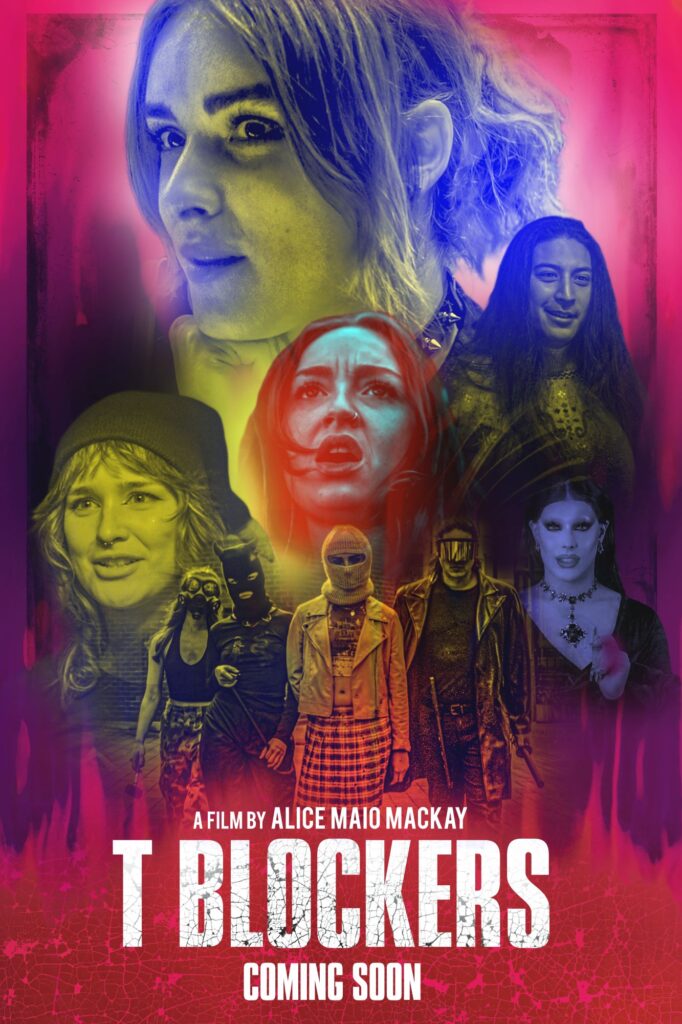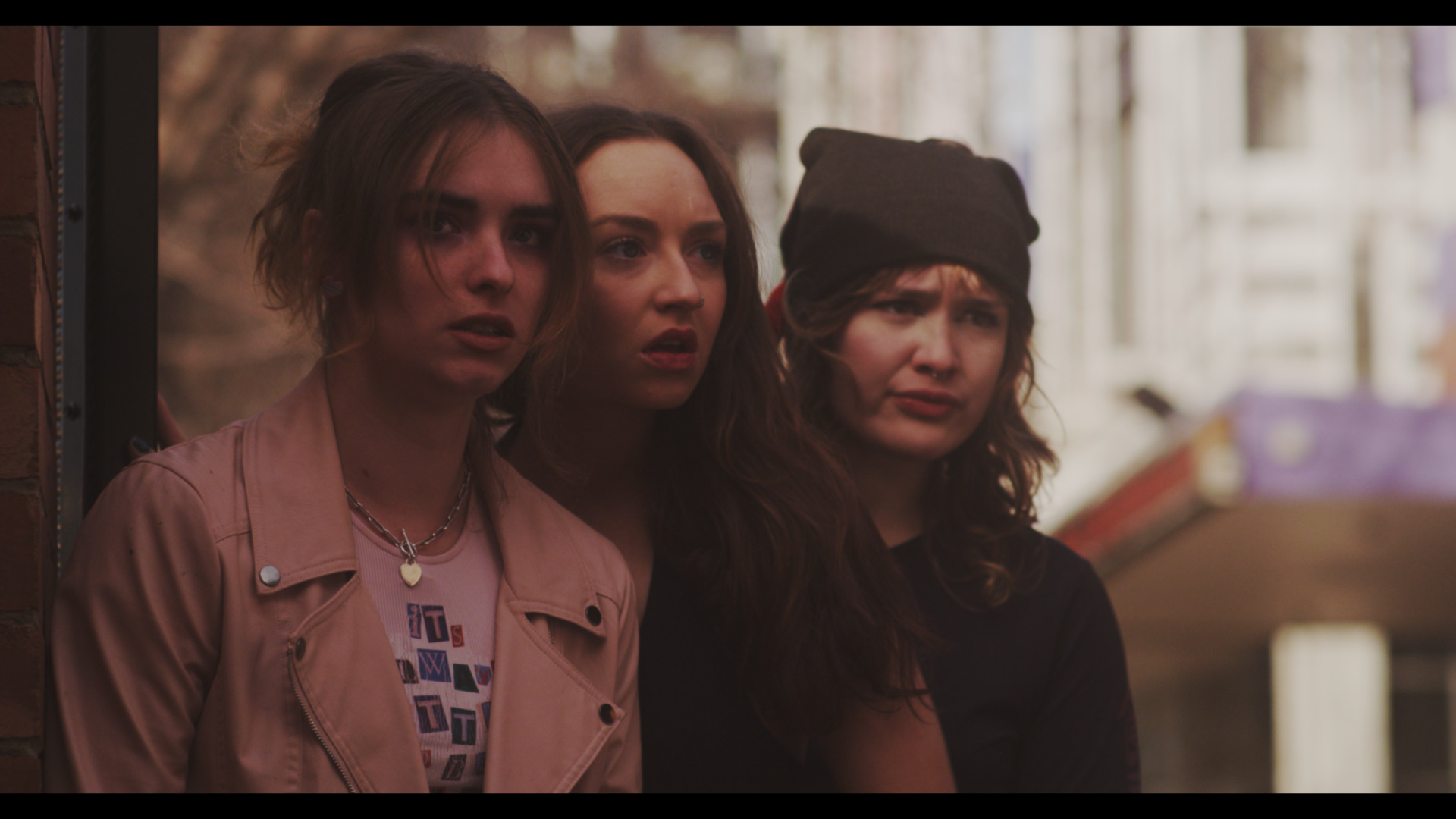The late 1930s marked a tumultuous period in American history, characterized by an intense fascination with and repression of queer culture. As Prohibition came to an end, the “pansy craze” emerged—a time similar to today’s RuPaul’s Drag Race, where both straight and queer audiences gathered for drag shows, dances, and celebrations of self-expression and glamour during an otherwise restrictive era. However, film studios chose to implement the oppressive Hays Code, driven by a fear of queer individuals, aiming to erase our presence from the screen to facilitate our ostracization. This censorship prohibited any portrayal of what was deemed sexually deviant (essentially, the distorted mainstream perceptions of queer love and sexual acts), forcing queer filmmakers to rely on subtext and innuendo to subtly include queer characters in their works. A notable example is Alfred Hitchcock’s ROPE, where Mrs. Anita Atwater humorously comments on the peculiar nature of two adult men sharing an apartment and a bedroom.
So why discuss this history? Although the Hays Code was abolished in 1968, Hollywood still struggles to embrace openly queer romance and sexuality in its narratives. (I still remember the much-anticipated yet disappointing “so gay” THOR: LOVE AND THUNDER, which equated two rocks holding hands with genuine queer representation.) In 2022, Disney even opted to censor same-sex affection in its animated films.
Yet, we continue to accept the half-hearted portrayals: the muted kisses, the overly involved gay best friend who exists solely to support a tedious straight protagonist, and the clingy lesbian stereotype, all while saying, “It’s a step forward!” Despite our critiques regarding which queer identities should be represented, there’s a small sense of relief in seeing any representation at all, rather than being erased or hidden. However, the mental gymnastics required to accept these portrayals are exhausting and deeply insulting.
Why can’t queer subtext simply be the text? What would that look like?
What draws me most to filmmaker Alice Maio Mackay’s work is her unapologetic embrace of queer art, emphasizing diverse perspectives within the community and centering narratives around trans characters. Her films candidly explore the experiences of being queer and/or trans, touching on everyday challenges and joys—like the importance of remembering to take hormone pills or highlighting that Mary Shelley, the “mother of horror,” was a bisexual trailblazer who made significant cultural impacts at just eighteen.
Mackay is also redefining what queer cinema can encompass. At just eighteen, she has already created four feature films, predominantly casting trans, gay, and non-binary actors in leading roles. Moreover, she’s currently developing an untitled fifth Christmas-themed horror film featuring ghosts, a true-crime podcaster, and plenty of gore. (You can support her latest project through her IndieGoGo campaign!) Her most recent feature, T BLOCKERS, premiered at the 2023 Salem Horror Fest. The film follows a young trans filmmaker who discovers an ancient parasite infiltrating the minds of others, inciting increasing hostility towards queer individuals. With her ability to sense the parasite’s effects mentally, she resolves to fight back against the violent mob alongside her best friends. At the festival, Mackay graciously sat down with me to discuss this exciting addition to her filmography.

T BLOCKERS marked your third feature film. As a filmmaker, what recurring themes or ideas do you notice evolving in your work as you gain experience?
Absolutely, the theme of trans identity is becoming more prominent as I continue to grow personally and further into my transition. When I wrote SO VAM at 15, I was still quite young and in the process of finding my queer community. Through films like BAD GIRL BOOGEY, T BLOCKERS, and my upcoming project, I feel increasingly confident in my ability to authentically tell these characters’ stories.
Many earlier queer films relied heavily on subtext. However, it seems we’re entering a time where representation is becoming more explicit, allowing the text to speak for itself. In T BLOCKERS, characters openly discuss their transition experiences, which is refreshing—especially when many films have shied away from such topics. As someone working in this space, how does that feel? It must be both exhilarating and pressuring!
Honestly, I don’t feel pressured. I began creating because I wanted to see stories that reflected my experiences—especially with two trans leads. I aimed to make a film where I could see myself. It’s incredibly humbling and meaningful to know that audiences resonate with those characters in my films.
Now, let’s talk about T BLOCKERS! One of my favorite aspects is the gore. Can you share what went into the design of the black, gooey sludge that represents the parasite?
I collaborated closely with my fantastic makeup artist, Adele. I had previously worked with her on BAD GIRL BOOGEY, which featured traditional slasher elements. We had numerous meetings where she presented various ideas, and I always leaned towards maximizing the goo and vomit effects within our budget. We built from there.
Did you always envision the parasitic creature as being worm-like? What was the rationale behind that choice?
Yes, I often explore different sub-genres in my work. The chase scene and the nature of the men in the film felt very much aligned with a worm-like creature, making it a fitting device.
This film adopts a horror host format. How did that concept develop?
I’ve always been a fan of Elvira-type characters. Since I’m friends with Etcetera and wanted to work with her in a more substantial role, it felt like a perfect opportunity. She has a great love for horror films, Elvira, and the whole camp aesthetic.
The film metaphorically addresses the indoctrination of transphobia and hatred through its INVASION OF THE BODY SNATCHERS-inspired premise, along with the ways individuals and communities can combat it. What message do you hope viewers take away?
I want viewers to remember the importance of community and supporting one another. Most importantly, I hope they leave with a sense of hope for a better world for the queer community. Together, we can create change.
I love how the film portrays Sophie’s (played by Lauren Last) meet-cute, illustrating the real external threats trans women face while also showcasing a charming romance. Without giving too much away, the film emphasizes Sophie’s struggle more than her luck in love. Was this choice made to highlight her internal journey and filmmaking career instead? (I’m curious why she couldn’t have both! I appreciate how this elevates the stakes for her revenge later on.)
I wanted to reflect the realities of Sophie’s life as a trans woman. Rather than focusing on a love interest, the story centers on her journey to learn self-love.
There’s a poignant line in the film—paraphrased—that suggests we can dwell on what’s to come, but what matters is fighting in the present. That’s such an uplifting and necessary message. Thank you for that! What inspires you creatively to keep making films?
I genuinely love making films and collaborating with the people I work with. Attending festivals like this, especially in places like Salem, allows me to connect with audiences who appreciate my work, which is a wonderful feeling. [laughs]
When casting for your films, what qualities do you look for in an actor?
I seek actors who grasp the material and the essence of the stories I tell. My work is campy yet heartfelt and character-driven, so I’m drawn to performers who inspire me and understand that balance.
What materials inspire you? Is there anyone you’d love to share a shelf with?
Anything by Gregg Araki has significantly influenced me; I probably watched his work too young! John Waters also inspires me with his campy style. Being on a shelf next to Araki would be quite an honor.
Can you share anything about your fourth film, SATRANIC PANIC?
I believe it’s even funnier than my previous film while still maintaining dramatic elements. I co-wrote it with my usual collaborator, Benjamin Pahl Robinson, along with Cassie Hamilton, a trans woman who stars in the film and wrote a song for it. There are some drag-inspired musical numbers that propel the plot, making it a bit of a musical. It features more special effects and is even campier than my last film. I think it’s my favorite project yet, and I can’t wait to share it.

